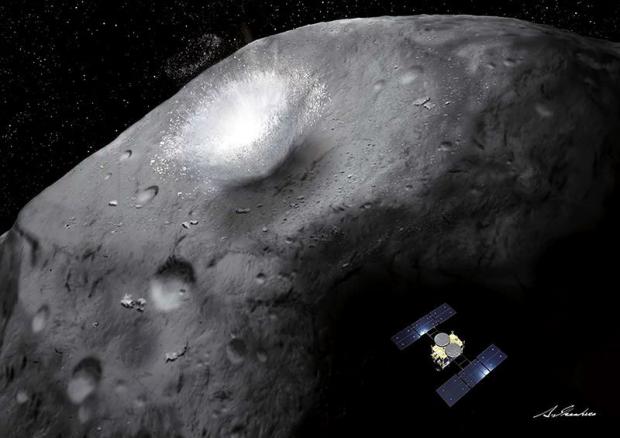
Breaking News
 Pentagon Partners With xAI Service For Military's Growing Artificial Intelligence Toolset
Pentagon Partners With xAI Service For Military's Growing Artificial Intelligence Toolset
 Pharmakeia: America's Seniors Are Being Overmedicated Into Oblivion
Pharmakeia: America's Seniors Are Being Overmedicated Into Oblivion
 The New Battle for the Americas: Why the Western Hemisphere Is Becoming a Global...
The New Battle for the Americas: Why the Western Hemisphere Is Becoming a Global...
Top Tech News
 Travel gadget promises to dry and iron your clothes – totally hands-free
Travel gadget promises to dry and iron your clothes – totally hands-free
 Perfect Aircrete, Kitchen Ingredients.
Perfect Aircrete, Kitchen Ingredients.
 Futuristic pixel-raising display lets you feel what's onscreen
Futuristic pixel-raising display lets you feel what's onscreen
 Cutting-Edge Facility Generates Pure Water and Hydrogen Fuel from Seawater for Mere Pennies
Cutting-Edge Facility Generates Pure Water and Hydrogen Fuel from Seawater for Mere Pennies
 This tiny dev board is packed with features for ambitious makers
This tiny dev board is packed with features for ambitious makers
 Scientists Discover Gel to Regrow Tooth Enamel
Scientists Discover Gel to Regrow Tooth Enamel
 Vitamin C and Dandelion Root Killing Cancer Cells -- as Former CDC Director Calls for COVID-19...
Vitamin C and Dandelion Root Killing Cancer Cells -- as Former CDC Director Calls for COVID-19...
 Galactic Brain: US firm plans space-based data centers, power grid to challenge China
Galactic Brain: US firm plans space-based data centers, power grid to challenge China
 A microbial cleanup for glyphosate just earned a patent. Here's why that matters
A microbial cleanup for glyphosate just earned a patent. Here's why that matters
 Japan Breaks Internet Speed Record with 5 Million Times Faster Data Transfer
Japan Breaks Internet Speed Record with 5 Million Times Faster Data Transfer
Japanese Sample Return Spacecraft Reaches Target Asteroid

Japan's Hayabusa-2 spacecraft has been traveling through space for almost four years, and it has finally reached its destination. The spacecraft has traveled all this way to a small asteroid, named Ryugu, for a singular purpose: to collect a piece of it and bring it back to Earth.
Hayabusa-2 is the successor to Japan's original Hayabusa spacecraft, which visited the asteroid Itokawa in 2005. The original Hayabusa snatched a sample from Itokawa and brought it back for scientists to study. This was the first successful asteroid sample-return mission, and scientists learned so much from it that they decided to launch a second spacecraft to collect more asteroid material.
This time around, Hayabusa-2 is focused on a slightly different type of asteroid. The original Hayabusa visited an S-type asteroid, a lighter variety made mostly of silicon. Hayabusa-2, however, is visiting a C-type asteroid, which are far more common than S-types and are typically made of older material. Studying a C-type asteroid can tell us more about the rocky bodies in our solar system and what the system looked like when it was young.

 No Excuses: Throw A Party!
No Excuses: Throw A Party!


